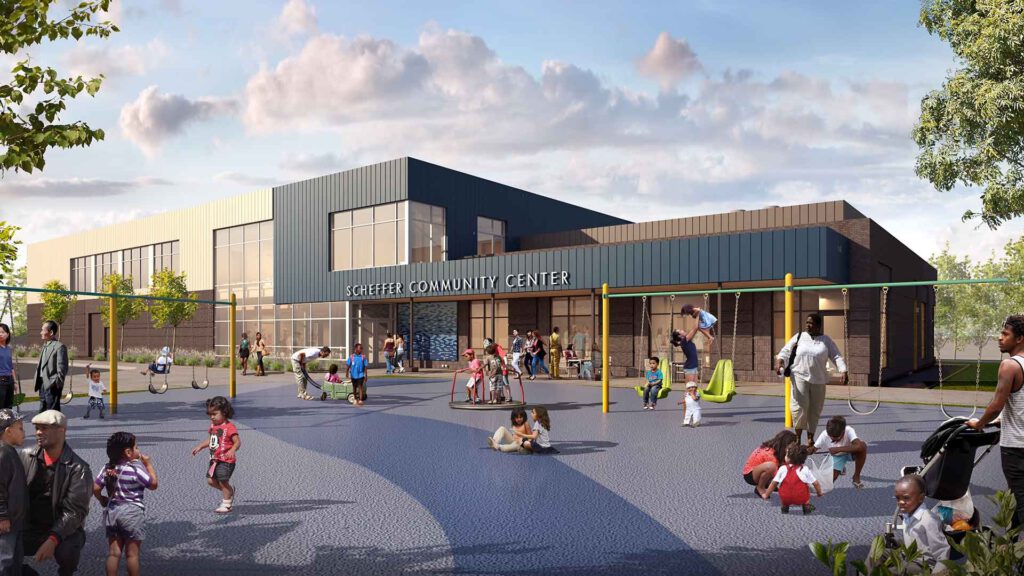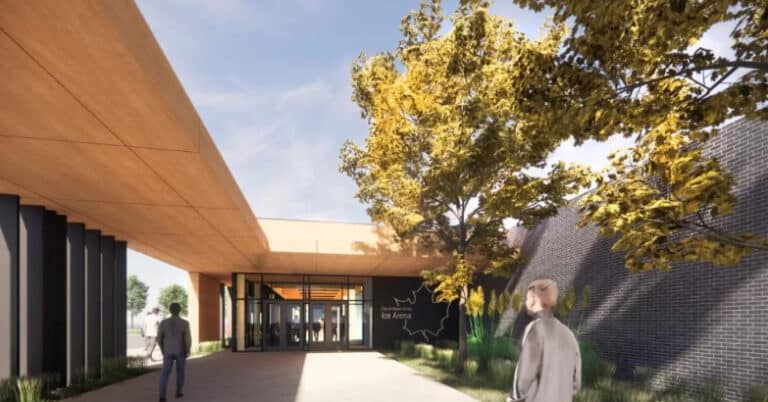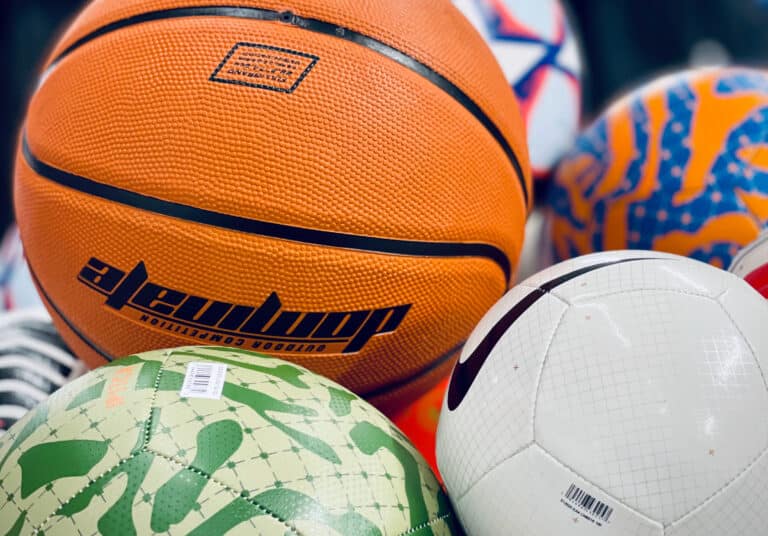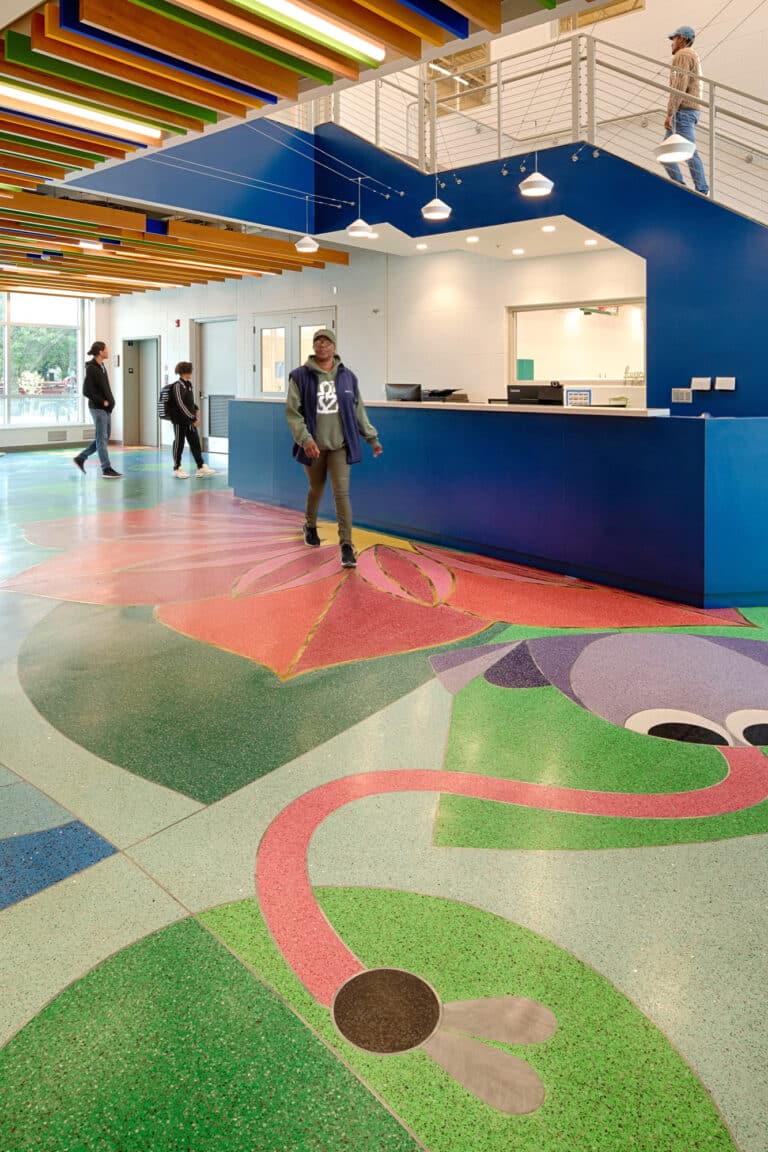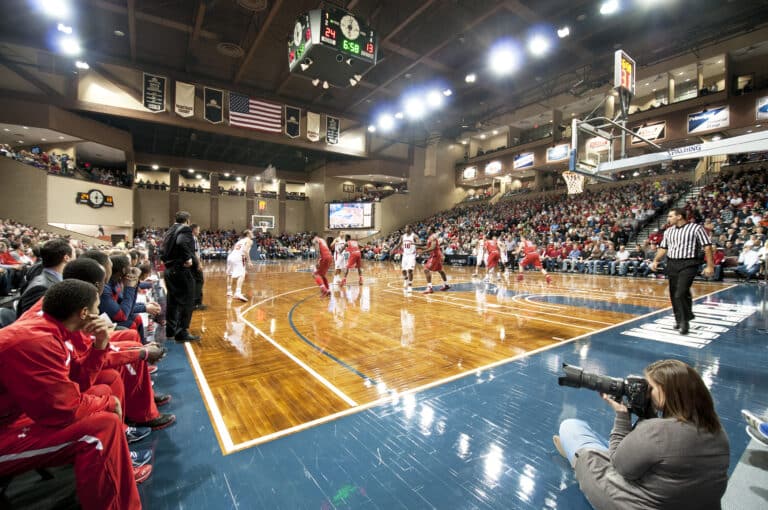The tales told about Frogtown’s biggest recreation center include frigid temperatures, a crumbling interior wall and plenty of mouse poop.
There’s more history there than you think: The land where it sits, near the corner of Marion Street and Como Avenue, was the site of the St. Paul’s first playground, the Eighth Ward Playground, built back in 1909.
And now, after years of community cajoling and millions of dollars in secured funding, the neighborhood will get a new rec center. It will be four times as big, with triple the athletic courts, open twice as many hours.
Come spring, contractors-who have yet to be determined or even bid-are scheduled to break ground on the Scheffer Recreation Center, a two-story, 23,500-square-foot facility to replace the 6,600-square-foot, near-windowless cement box that was built in the corner of the small urban park in 1973.
Caty Royce, executive director of the Frogtown Neighborhood Association- which attended multiple open houses and hearings on the project — said she’s happy with the city’s vision.
“There’s something for everybody, and there’s space for everybody,” Royce said.
It took some effort.
“We brought mouse poop in a bag to a meeting,” Royce said of the push two years ago. “It was necessary.”
St. Paul Parks and Recreation director Mike Hahm proudly touted the city’s newest rec center, saying his department would incorporate all it had learned from other recent builds like Arlington Rec, on the city’s East Side.
Torria Randall, the center’s current director, glanced around the old, soon-to-be torn-down facility last week as a group of boys shot hoops on an indoor court.
“I’m going to miss the intimacy,” Randall said. “My mother-in-law’s mother used to skate here all the time.”
But after a few more minutes of talking, the truth becomes clear — she won’t miss it all that much. She’s only been there a few weeks, ever since the last director was promoted to a new position, and the new building will include an indoor fitness gym, upper-level track, audio recording and dance studios, and some added rooms for arts, crafts or other activities.
DIVERSITY
The upper floor also will include a locally designed, all-encompassing terrazzo mural, to be designed by local artists.
“The concept of the art is the diversity of Frogtown,” said Chris Stark, the project’s architect and manager.
Victor Mister, a parks community recreation director who also served as Scheffer’s director for years, said the new building will draw more young people to activities.
“With the Asian community, we have a few kids playing now on teams. But I think with this thing going in, it’ll be a new deal down there,” Mister said.
The Hmongtown Marketplace sits across the street from where the facility will be built, and the area includes a high proportion of Hmong and Karen families. It can be a challenge, city officials admit, reaching out to the latter in particular.
All told, Mister won’t shed a tear when the old building is gone.
“That building is so old and it’s terrible. When it’s cold, it’s freezing; when it’s hot, it’s hot,” he said. “There’s really no room to have everyone at one time in the building. We had to split the older kids off. And there were a lot of program ideas that couldn’t go, because of the size.”
The new building itself will cost $7.7 million — already approved through the city’s capital improvement budget process — and another $2.3 million will be spent on the grounds around it: a full-sized basketball court, football and soccer field, and a court for Kato, a sport popular in the Hmong community. The plan also calls for some parking. Currently, park users must use the surrounding streets.
Finally, in response to a request from the Muslim community, the building will also include a pair of private washrooms where residents can clean up for prayers.
“A man (during one of the city’s two open houses) made a passionate plea to have somewhere private to wash before prayers. We listened,” said Stark.
The city hopes to break ground for the new building in May and have the building open by the fall of 2019.
Metric Giles, executive director of the neighborhood’s Community Stabilization Project – a nonprofit that advocates on housing issues — is glad the center’s coming.
“On paper, everything looks great,” he said, adding, “but I am concerned, because there’s a lot of rental units, will the development itself cause displacement?”
Across the street from Scheffer sit some densely packed apartments, and Giles is already battle scarred by how the Green Line has driven up rents in areas along nearby University Avenue.
AREAS OF NEED
The move caps a string of parks department investments in some of the city’s lowest-income areas — areas that contain the city’s highest proportion of kids.
Looking back, four of the city’s five most recent big recreation center builds have been in lower-income areas.
Last built was the 16,500-square-foot Palace Community Center, in the West Seventh neighborhood, which cost $5.8 million by the time it opened in January 2016.
And two years before that was the massive, 41,000-square-foot Arlington Hills Community Center in Payne Phalen — a $15 million investment.
Oxford Community Center, along Interstate 94 in the city’s Summit-University neighborhood, came in 2008 — a 43,300-square-foot facility that cost $15 million.
And the 93,000-square-foot El Rio Vista Recreation Center, on the city’s West Side, cost $25 million back in 2006.
The city’s Hillcrest Recreation Center, in the city’s higher-income Highland Park neighborhood, was turned into the Highland Park Community Center in 2014 for about $8 million.
That project was mainly about updating the facility’s library but also included a new entrance and lobby.
